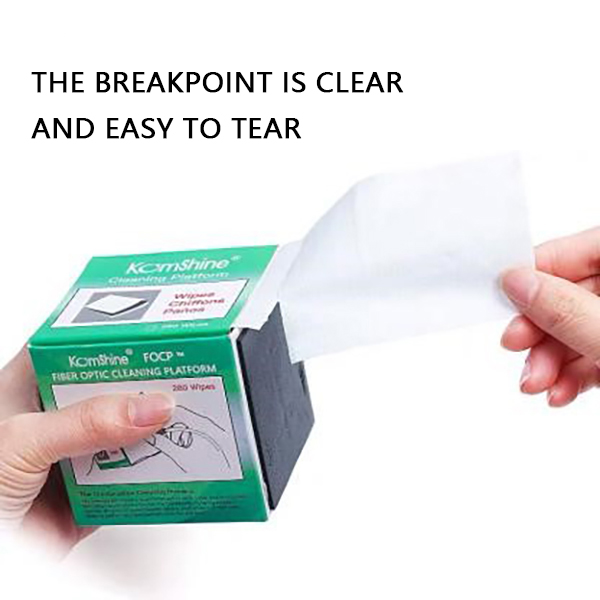The seven deadly SINS of fiber optic fusion
In many fiber fusion instance, we've found that making seemingly simple decisions can actually affect the performance of fiber transmission. Let me take a look at the seven deadly SINS.1. The fiber is not clean before splicing
Before fiber splicing, it is very important to clean the bare fiber after stripping, which can remove the residual particles and other possible pollutants in the stripping process.However, if the cleaning is not in place, it will bring a lot of trouble to splice and lead to greater splicing loss.

When cleaning bare optical fibers, operators are recommended to use fast volatile, non-flammable precision cleaning fluids.The cleaning fluid is sealed, non - refillable container packed to prevent cross contamination

2. Using improper cutting tools
Whether the end face of fiber is smooth or not has an important influence on the performance of fusible or terminated fiber.In the past, people used to cut the optical fiber manually with a fiber cutter.And now, automatic cutting tools make sure that the fiber end face is qualified

3. No calibration prior to fiber fusion
Keeping the fiber-optic splitters, cutting tools, and v-slots clean, the electrodes don't accumulate calcium, but many experienced operators find that sometimes they don't get the splicing results they want as the glass material is not perfect and the electrodes are not clean


4. Fiber bending
What causes microbending?The most common reason is too tight when fixing the cable, and may be the cable in the device panel shaft position.Optical fiber microbending can lead to signal quality degradation, and this problem is difficult to detect with the naked eye, except with OTDR

5. Optical fiber overbending
What's the problem with overbending?You can see the problem when you test with OTDR.So we should pay attention to not exceed the minimum bending radius of the optical cable, in order to avoid damage to the optical cable and sheath within the optical fiber.

6. Reuse old wipes/cloths
Avoid reusing lint-free wipes/paper because when a connector is cleaned with a piece of wipes/cloth, the wipes/cloth will become dirty and will get on your hands with the oil and ash layer. If you use it to clean other connectors, it will contaminate other connectors.

7. Do not inspect and clean connector ends before installation
Connector end face is easy to be polluted by dust and oil, so when we install the connector, we should check and clean it.

Avoid unnecessary costs associated with the seven deadly SINS
All the situation above,These problems can be avoided with a little care if fiber builders follow the standard procedures strictly, and at the same time, the cost of later inspection and maintenance can be greatly saved。




